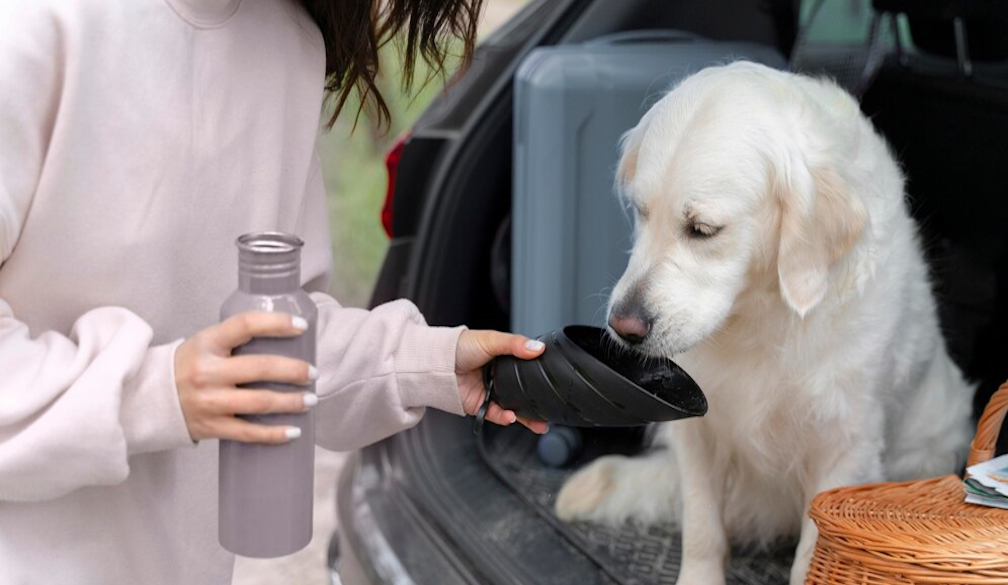Choosing the Right Supplements for Your Pet: A Comprehensive Guide
- Written by The Times

In the pursuit of ensuring the best health and vitality for our furry companions, pet parents often find themselves navigating the complex world of dietary supplements. With a myriad of options available, it's imperative to choose wisely to support your pet's specific health needs. This guide will help you understand the significance of selecting the right supplements, focusing on quality products like pet supplements from Petz Park, to enhance your pet's well-being.
Understanding Your Pet's Needs
The first step in selecting the right supplement is understanding your pet's individual needs – factors such as age, breed, activity level, and any existing health conditions play a crucial role in determining what supplements might benefit your pet the most. For example, older dogs might benefit from joint health supplements, while pets with skin and coat issues might need an omega fatty acid supplement.
Quality Matters
When it comes to supplements, quality cannot be compromised – the market is flooded with products claiming miraculous benefits, but not all supplements are created equal. It's essential to choose products from reputable sources that use high-quality, safe ingredients. Find a supplier that specialises in offering premium pet supplements that are formulated with your pet's health in mind, ensuring that you're providing the best for your beloved companion.
Types of Supplements
There are several types of supplements available for pets, from top-quality puppy milk to healthy pet foods, each targeting different aspects of health:
- Joint Health: Essential for pets with arthritis or mobility issues. Ingredients like glucosamine, chondroitin, and MSM support joint health and flexibility.
- Skin and Coat: Omega-3 and omega-6 fatty acids, biotin, and zinc can improve skin health and give your pet a shiny, healthy coat.
- Digestive Health: Probiotics and prebiotics help maintain a healthy balance of gut bacteria, promoting digestive health and boosting the immune system.
- Anxiety and Behaviour: Supplements containing ingredients like L-theanine or CBD can help manage anxiety and stress, promoting calmness and well-being.
Reading Labels and Understanding Dosages
Reading supplement labels can be daunting, but it's crucial for ensuring you're giving your pet the right product in the correct dosage. Pay attention to the active ingredients, the concentration of those ingredients, and the recommended dosage based on your pet's weight. Always consult with a veterinarian before introducing any new supplement to your pet's diet, especially if your pet is currently on medication or has underlying health issues.
The Role of Diet
While supplements can greatly contribute to your pet's health, they should not replace a well-balanced diet. The foundation of your pet's health begins with high-quality pet food that meets all of their nutritional needs. Supplements should be used to fill any gaps or address specific health concerns, not as a primary source of nutrition.
Final Thoughts
Choosing the right supplements for your pet involves a careful consideration of their unique health needs, the quality of the product, and the reliability of the supplier. By selecting high-quality pet supplements, you're taking a significant step towards enhancing your pet's health and well-being. Remember, a healthy pet is a happy pet, and with the right support, you can ensure your furry friend enjoys a vibrant, fulfilling life.

















